Pool water turns green: ways to clean up and prevent the problem
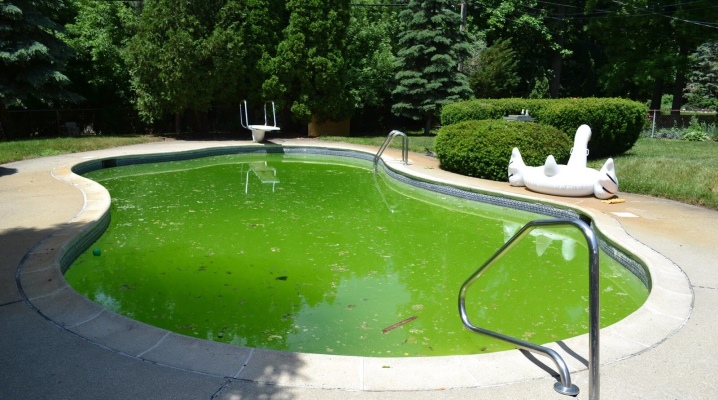
Owners of outdoor pools are often faced with the fact that the liquid used in the tank begins to turn green. Despite the seeming magnitude of the problem, dealing with it is quite simple.
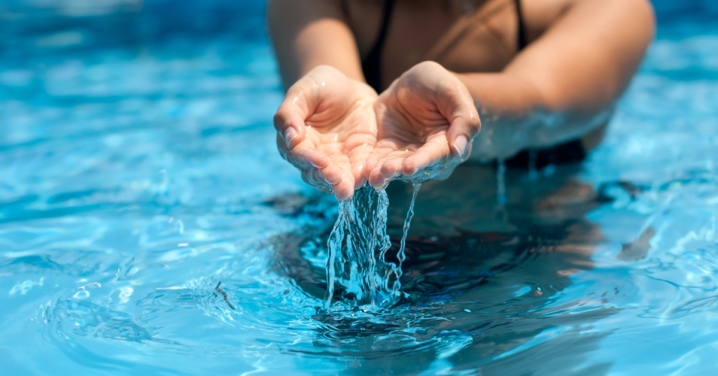
The cause of the problem
If water bloomed in the pool at the dacha, then in fact there may be several reasons for this. Usually, the main reason for the appearance of plaque is the excessive reproduction of brown and green algae, as well as various microorganisms. Properly untreated water is an excellent "base" for the development of fungi and bacteria, which is greatly accelerated by the constant supply of sunlight. As a result, a pool that is not equipped with filters turns green quickly.
I must say that this process is especially active in the warm season, therefore, before leaving for the winter in the tank, it is imperative to remove... In general, the reproduction of microorganisms actively occurs when several factors are combined. We are talking about constant exposure not only to sunlight, but also to humidity and heat, as well as the presence of organic debris remaining in the water.
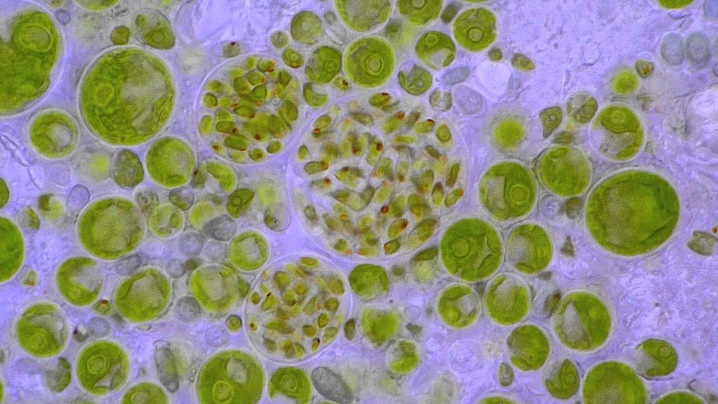
Water can also turn green due to an imbalanced pH balance. If this indicator becomes too low, then the destruction of those parts of the pool, which are made of plastic or metal, occurs. As a result, pure water is filled with impurities, which over time leads to a change in its shade. When the pH level gets too high, algae and microorganisms in the water do well, releasing a decolorizing agent into the water.
Quite often, the shade of the water in the tank changes simply due to an unclean filter. Blockages in the device lead to the accumulation of dirt and algae, which, in turn, becomes an ideal breeding ground for fungi, mold and microorganisms. The same can be said for a cheap and low-quality filtration system.
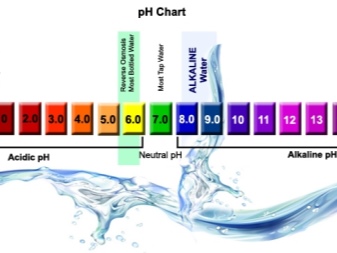
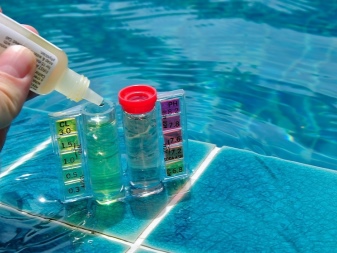
Prolonged hot periods also encourage water bloom. The water warms up so much that it cannot cool down even at night, as a result of which the greenhouse effect is formed. Favorable conditions lead to active reproduction of microorganisms, which even chlorine is unable to cope with.
Another reason for color change is incorrect concentration of chemicals. For example, even the absence of chlorine leads to a problem, since it is this substance that inhibits the reproduction of microorganisms. An excess of the same chlorine, however, also leads to an imbalance of acid and alkali, as a result of which the water blooms. Cyanuric acid is usually added to chlorine mixtures, the excess of which leads to chemical greening. In this case, it will not be possible to purify the water, and it will have to be completely replaced.
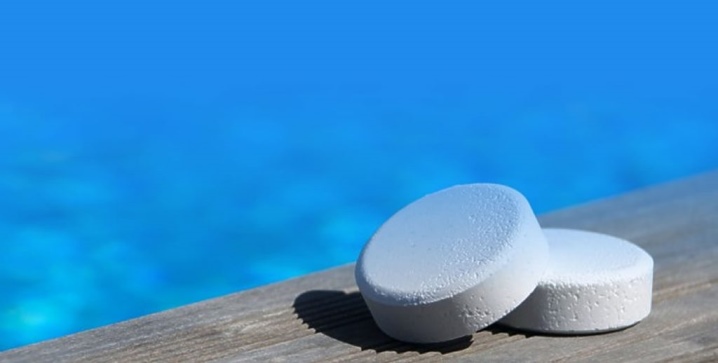
Another substance, the excess of which leads to unpleasant consequences, is iron. This element, unlike algae, does not smell, and therefore you can determine the cause by simply smelling the green water. Many people wonder if swimming in a green pool is a health hazard.
As a rule, serious consequences should not be expected, but skin irritation is quite possible. In addition, being exposed to viruses and bacteria once again is still not a smart decision.

Checking water quality
In order to test the quality of the water at home, you will need special test kits. It is mainly necessary to estimate the amount of chlorine in the water. - minimum indicators lead to active reproduction of algae. In addition, a device for determining the pH level of a liquid is useful. Ideally, this figure does not go beyond 7.2-7.6. In the event that the level exceeds or falls below this range, it is necessary to make an adjustment.

How and with what to clean the pool?
To make the country green pool clean again, you will need to perform simple steps.
Cleaning the filter
In most cases, in order for the water to become clear, it is only necessary to clean the filter. If the cleaning system is clogged with debris, small twigs, leaves, then, naturally, it will not be able to cope with the work. Therefore, the first thing to do is to check the functioning of the filters and clean them mechanically. It should also be mentioned that in a poorly washed filter, cyanobacteria are retained, which multiply right inside the device.
In the event that a cartridge filter is installed in the pool, it should be cleaned almost every day. The sand filter can be cleaned less frequently, but it will also run much slower.

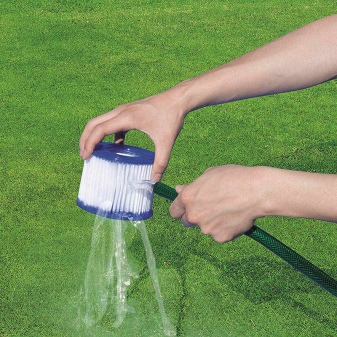
Removal of plaque from the bottom and walls
To remove plaque from the surfaces of the pool, the easiest way is to use a special vacuum cleaner designed specifically for this purpose. Beforehand, it is better to use a flocculant to help collect dead algae. This action is performed after the pump is turned off and biological objects sink to the bottom. The water vacuum cleaner will also remove the whitish deposits left after cleaning the pool. It is important to add that mechanical cleaning of the tank should be carried out regularly, at least once a week. In the absence of a special device, an ordinary landing net, a brush and even hands will help.
If plaque appears on the walls, the water has become slightly cloudy, but flowering has not yet begun, you can simply add algicide to the water. In principle, the use of this substance is appropriate and simple as a preventive measure.
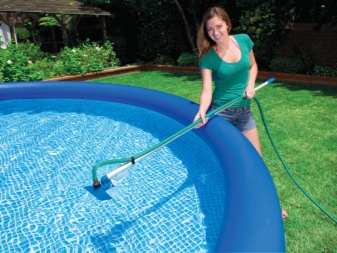
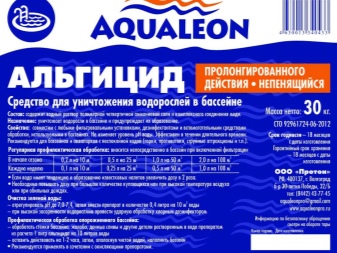
Use of chemicals for blooming
Shocking is considered to be the most effective way to get rid of greenery in the pool - adding a large amount of chlorine-containing components to the liquid. You can buy the ready-made mixture in a specialized store, after which it remains only to add it to the pool according to the instructions. The best preparation is the one that contains about 70% of active substances. If, after the first application, the desired result has not been achieved, a secondary shock can be performed. Destroyed plant spores sink to the bottom, after which a high-quality filter removes them.
Shocking is important to control - when the chlorine level drops to 5 units, add algicide to the water. In addition, it is likely that the filter cartridge will need to be cleaned several times. For cleaning the pool, ordinary hydrogen peroxide can also help, only taken in large quantities and with a concentration equal to 37%. The required proportions look like 1000-1400 milliliters of perhydrol per cubic meter of water. In some cases, 600 milliliters of the product will be enough. The sediment formed during the procedure is removed by the filter.
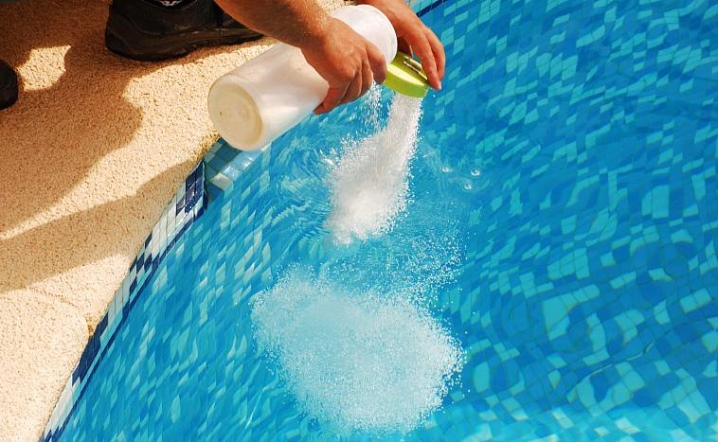
Finally, algicide can also come to the rescue, varieties of which are even sold in tablet form. Bayrol Aquabrome is quite often used, which is distinguished by its increased cost, but also by impressive performance. The preparation contains bromine, which quickly copes with algal spores, but is consumed rather uneconomically. 10 cubic meters will require about 3.5 liters of algicide. The drug is sold either in 3-liter canisters, or in the form of tablets.
Another quality drug is Zodiac Anti Algcontaining in its composition copper, aluminum and chlorine. For a pool with a volume of 20 cubic meters, it will be necessary to use 250 milliliters of the drug, and it is applied weekly. You can buy either tablets or 5-liter canisters. Of course, AstralPool, which contains ammonium and chloride, is worth mentioning. For 100 cubic meters of water, a whole liter of the drug is required, applied at a time. As a preventive measure, 0.25 liters should be introduced for the same 100 cubic meters.
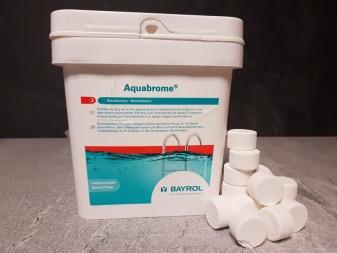
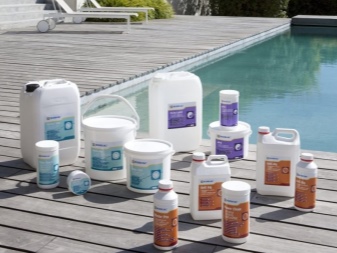
Folk ways
The main popular way of cleaning the pool is the usual drainage of dirty water, then cleaning the surfaces and pouring new ones. However, this option is poorly suited for those summer residents who simply have nowhere to drain such a large volume of liquid. Another method is the use of tablets of hydroperite containing concentrated peroxide. As a rule, there are about 500 grams of the drug per cubic meter. Copper sulfate, which is often supplemented with salt, also shows itself well.
In this case, one cubic meter of the pool accounts for only 0.9 grams of the poisonous substance, to which about 2.7 grams of table salt is added. Both components are first diluted in a small amount of water, and then poured into the pool. Other popular methods include the use of antibiotics, brilliant green, silver. However, the effectiveness of such methods has not been proven.
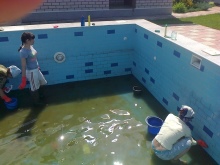
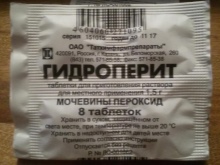
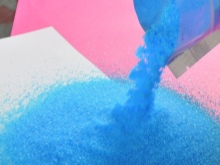
Prophylaxis
In order not to fight the greenery in the pool, it is better to take preventive measures in a timely manner. It is best to check the existing filtration system and installed pumps regularly. It is important that all devices are "in service" and not clogged with debris. During hot summer periods, you can even use the filter around the clock. It is equally important to monitor the pH level, and it is best to check it 2-3 times a week. Pool cover, by the way, is not as effective against bloom as it might seem. Of course, it will protect the tank from the ingress of large debris, but it will not stop algae spores.
But here regular application of a combination of chlorine and algicide will help to prevent pool bloom... It is necessary to use just a couple of components, since algicide destroys the shell of algae, and chlorine already destroys them. Another advice from experts is the alternation of stabilized and unstabilized chlorine. In the absence of the desired effect from the introduction of algicide, it is imperative to check the shelf life of the product, and also to find out if the instructions are being followed.
The introduction of drugs must necessarily be carried out in accordance with a clear dosage.
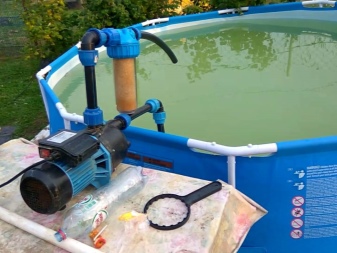
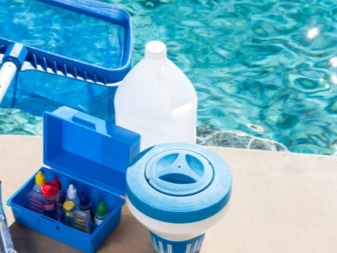
See below for how to deal with green pool water using perhydrol.



































































The comment was sent successfully.